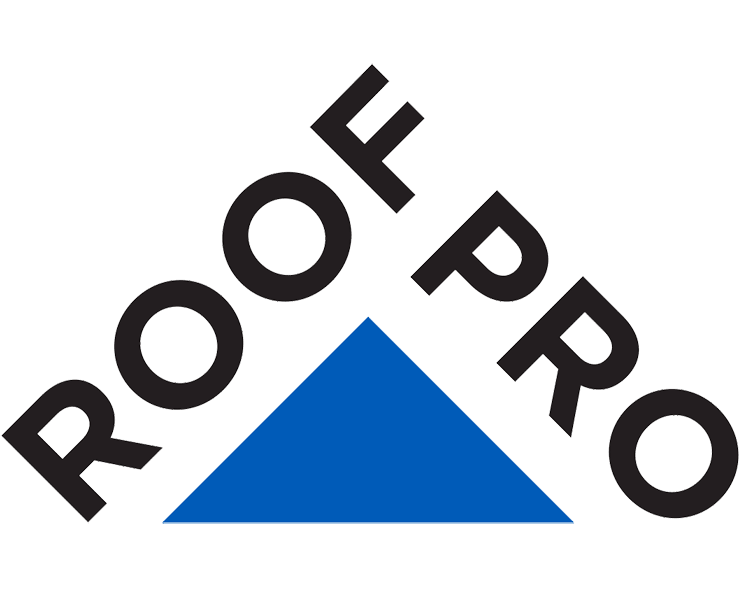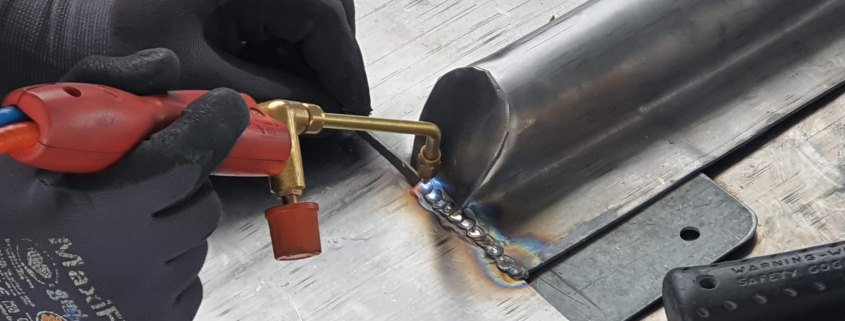Roofs come in many different shapes and sizes. Small or large, pitched or flat.
When it comes to installing roofing, it can be tricky to find the right material for the exact shape of your roof.
This is one of the reasons why lead roofing is so popular.
Lead has a very low melting point compared to other roofing materials, and this makes it a versatile option for fixing to them unusual, small, and tricky roofs to work on.
Here at Roofpro, we are lead roof specialists, and we know how perfect this substance is for applying to properties across London.
With that in mind, we thought we would create this handy guide on just what goes into building a strong and long-lasting lead roof.
Let’s take a look.
Choosing the Right Roofing Lead
At the beginning of any lead roof installation, you will have a certain amount of rolled lead sheet.
This material has to be of a certain standard, which means it is high-quality in terms of thickness and durability.
The standard to look out for is BS EN 12588, and if your material is assigned this label, then you know it is up for the job.
So, now you have the lead, you have the area you need to cover, and now it’s time to build.
Building a Lead Roll Roof
When it comes to applying lead to a roof, you must first work out how much you will need.
Are there awkward bits that will need a lot of cutting, or is it a big area on which you can lay full sheets down?
Once you know the design and measurements of your roof, you can start cutting your lead roll into sheets which will be attached to the roof.
Once the sheet is cut, you must place it onto the section of the roof that you would like covered, and use a wooden tool to bash it down until it is completely flat against the roof. There may be wood rolls on the roof, and these need to be covered by the lead which will involve some cutting.
Once the lead is as tight as it can go and you can see no gaps or holes, it is time to weld it on.
Weld all of the joints of the lead to leave a tight bond between each section of roof and each lead sheet that is attached.
For an extra bit of security, place a few nails high up on the wood and bang them down into the wood rolls to secure the lead. Adhesive can also be used to secure the lead sheets down.
Now you have one sheet down, do the same across the complete roof, making sure all sections such as drips, wood rolls, and joints are concealed tightly in the lead sheeting.
Any overlapping parts can be cut away with a knife before the welding process to join the lead sheets together begins.
A lead flat roof is simpler to install than a pitched roof, due to there being fewer obstacles to work around when applying the lead. As long as you keep your seals tight and make sure all joints are welded together in a watertight way you will be well on your way to having a lead roof.
Now, if I’ve made that sound easy, then please don’t be mistaken.
The art of installing a lead roof takes someone who is highly skilled and who has plenty of experience. Someone like the team at Roofpro, who has been installing and repairing lead roofs across London for years.
And it’s not just complete roofs that lead is handy for, there are plenty more uses for this wonderful roofing material.
Lead Roof Uses
Because of its low melting point, lead makes a great material to mould to varying shapes on a roof.
This means it is the perfect choice for many different uses, including:
Lead Flashing on Roof
One of the most common uses for lead on a roof is flashing.
This is when lead is used to cover a joint between two sections of a roof, providing a watertight seal where there may have been a gap.
Common examples of where flashing may be found is where a chimney breast meets a roof, or where a pitched roof meets a wall.
Secure the lead down tightly using adhesive to achieve the perfect seal for your more awkward spots.
Lead Valleys
Pitched roofs are angled in a way that will allow water to easily flow off.
But what about the gaps where pitched roofs meet?
These can be tricky spots to stop water from getting in between and this is where lead comes in handy. Due to its watertight nature, lead can make a great funnel from which excess water will flow down the roof and into your gutter, instead of lingering in between the sections of your roof.
And while we’re on the topic of water…
Lead Guttering
This is rare to see but lead can be used over the dip of a roof to form a gutter.
In older houses more than newer ones, the water may flow over wood, which over time would rot.
This is why covering this section of guttering with a lead sheet will provide long-lasting protection to the material underneath and offer a clean flow to your water.
Lead Bays
If you have a pitched section above a window, then you may require a lead bay.
This is a short section, usually no more than a few metres wide and a few feet long but can be tricky to fit tiles to due to the small nature and awkward joints.
In this case, using lead is a quick and simple choice to effectively protect the roof above your window and stop the outside elements from getting in.
Roofing Repairs
Like any roof, lead roofing is the layer of protection defending the interior of your home from the outside elements.
This puts a lot of strain on the material.
While many roofing issues may be avoidable, some cannot be stopped.
Lead contracts and expands due to the weather. This thermal expansion can cause the material to crack if not laid properly.
Lead is also susceptible to rips and tears that can be caused by it being hit by debris in high winds for example.
Another great feature of lead is for small issues you may not need a whole new roof repair and filling over the gap with another sheet of lead may do the trick.
If a roof has been fitted incorrectly or has a large amount of damage, it may need a full repair and it is vital you get a lead roofing contractor with the experience and knowledge to build you a long-lasting and durable roof.
Lead Roofing Specialists in London
Lead is a great material to use on any section of roof.
While it can be a quick installation, it is by no means easy, and it takes an experienced roofing contractor to lay a lead roof properly.
If you’re looking for lead roof installation or repairs in London and you need a professional team to help then get in touch with Roofpro today.
Whether you need us to lend a hand with a small job, or you want a free, no-obligation quote for something bigger, we’d love to talk with you.

